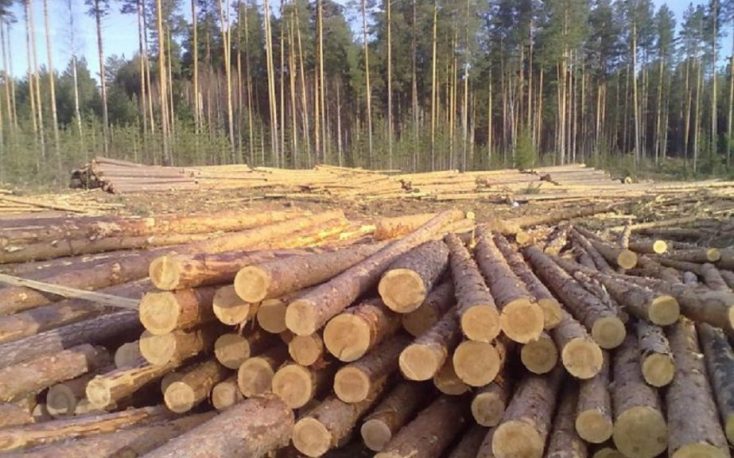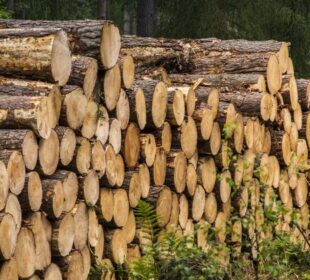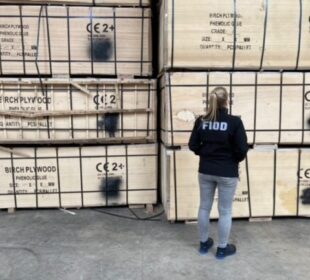- European timber harvests down in 2019 after six years of year-over-year increases - European timber harvests fell slightly in 2019, following six consecutive years of year- over-year increases.
An estimated 428 million m3 of logs were utilized for industrial purposes (78 percent conifer species), while 145 million m3 were used for energy, according to new data from the UN-ECE.
Log removals reached record-high levels in 2018 and 2019, driven by a combination of both a large supply of insect and storm damaged timber in central Europe, and a healthy demand for lumber, panels and pulp.
The biggest increases in log production in the past two years occurred in the Czech Republic (up 49 percent from 17 million m3 in 2017 to 25.5 million m3 in 2019) and Germany (up 23 percent from 43 million m3 in 2017 to 53 million m3 in 2019). Other countries with incremental expansions of timber harvests during the same period included Turkey, Sweden, Spain, Finland, Romania, Ireland, and Austria (in descending order).
The large volumes of damaged timber in the Czech Republic and Germany have been consumed not only by their domestic industries, but also by forest products manufacturers in neighboring countries and in China.
By far, the biggest beneficiary of the log surplus in Europe has been China. From 2017 to 2019, China’s softwood log imports from Europe increased from 440,000 m3 to almost seven million m3.
This upward trend continued during 2020H1 when European log imports reached nearly four million m3 and the European share of China’s total log import volume increased to 23 percent (up from nine percent in early 2019).

















